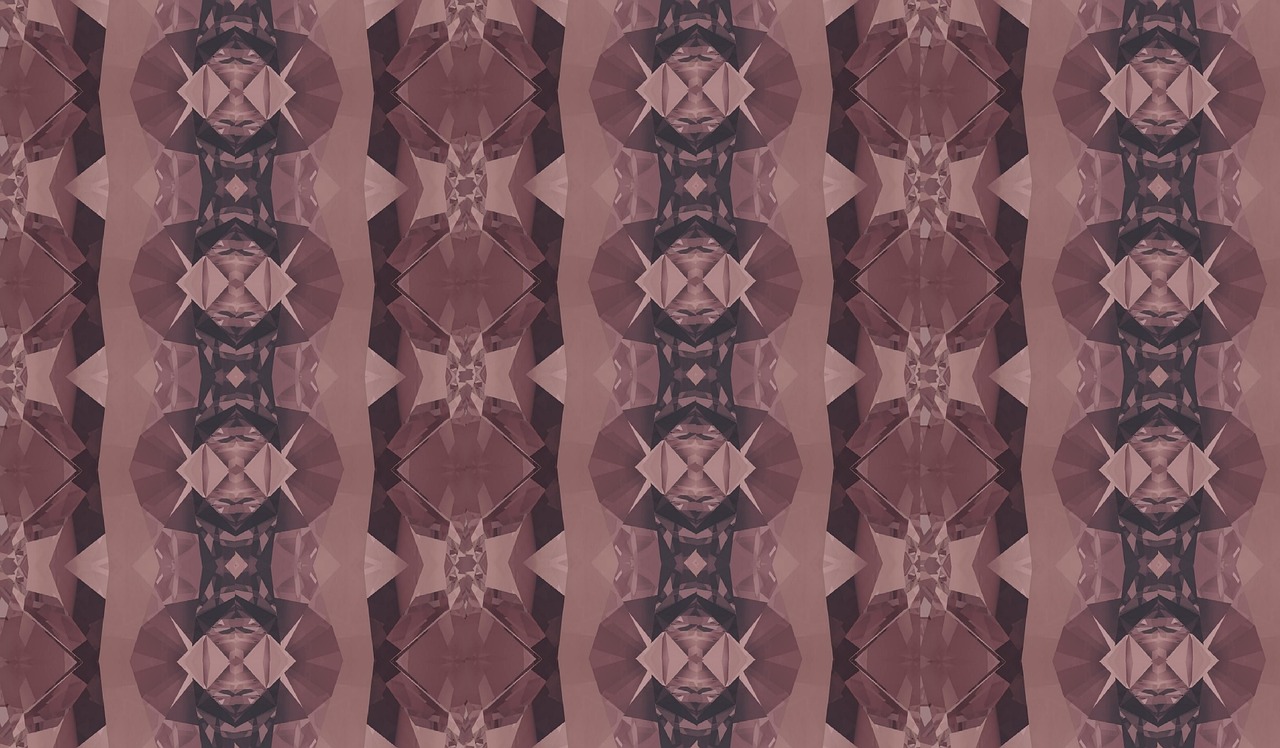(Published in the February 2021 Issue of The Sequitur, Westdale Secondary School, Hamilton, ON)

In literature, men are most likely to “grin” and women to “scream”. Ray Bradbury claimed that “cinnamon” was one of his favorite words, yet he used “spearmint” more than any other author, eclipsing many other authors, actually, in his use of spices. Is the ideal opening line short—“Call me Ishmael”—or long—“It was the best of times, it was the worst of times…”? Is “book inflation” real? Do trends found in classic literature apply to Twilight fanfiction?
Nabokov’s Favorite Word is Mauve is a unique, enlightening, and compelling book written by Ben Blatt, a data journalist. Delving directly into the seldom studied intersection of statistics and literature, Blatt provides just over 200 pages of information about books, authors, success, and everything in between, answering the aforementioned questions and covering other fascinating problems within that spectrum.
We’re taught not to judge a book by its cover, but there’s actually a scientific ratio of the author’s name size on the cover that indicates their level of fame. Vladimir Nabokov was known for his synesthesia, which led many color words to appear in his narratives. Female erotica authors nearly always have the male character initiate the kissing, while male authors have both genders have an equal share. Every author has a “cinnamon word”, a word they consciously love and like to use, and a “nod word”, a word they unconsciously use in their writing to fill spaces. “Loud writing” or “quiet writing” can be quantified by tracking verbs and exclamation marks. American fanfiction writers use more stereotypical British slang than British ones do. And on and on, revelations of underlying trends and secrets in the field of literature, many of which I’d never even stopped to consider.
As an avid reader, this book was a gem I found purely by accident. I’d wondered, over the years, if male and female writers really do write differently, if I had a writing style entirely unique to myself, if using cliches and “-ly” adverbs are really so bad, or if Dr. Seuss books were written using a specific meter like Shakespeare plays were. Or, perhaps, if everything I was taught in Grade 9 English class was really true.
In addition to answering all these questions, Nabokov’s Favorite Word Is Mauve also introduced to me a new way of using data: to uncover fascinating trends in the field of literature, long considered “art” and therefore unjudgeable. I admit, I used to be a skeptic of statisticians and mathematicians trying to judge writing like they might a physics theory. But this book, in addition to being captivating, showed that statistics have the potential to find astonishing secrets and solve mysteries in the enormous database of literature of the world.
I would strongly encourage you to give this delicious book a try; it’s appealing, simple, nonjudgmental, and best of all, funny. And it’s for numbers people and creative people alike; that’s not something that can commonly be said about a nonfiction book.
